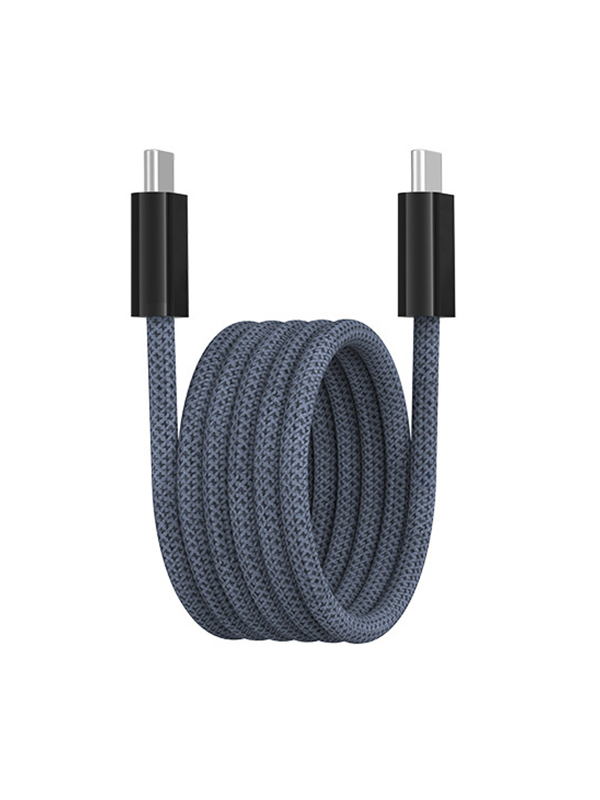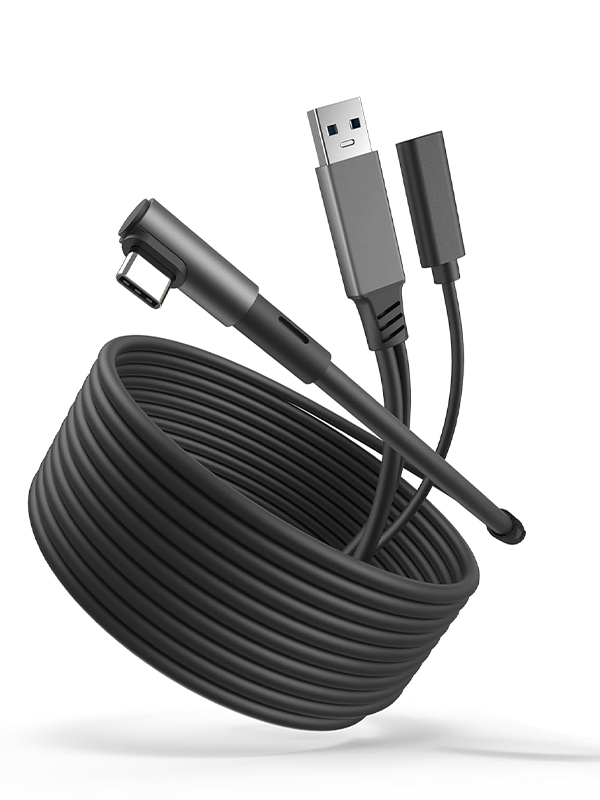Manufacturer Of High Quality Data Cable
Manufacturer Of High Quality Data Cable
In today’s fast-paced digital world, choosing the right USB cable can make a significant difference in performance and efficiency. Among the most commonly used USB cables are USB 2.0 and USB 3.0. Although both serve the same basic function, which is to connect devices for data transfer and power supply, the differences between them are crucial for getting the most out of your device. This article will compare USB 2.0 vs USB 3.0, and help you decide which cable best suits your needs.
Before diving into the differences, let’s first understand what USB 2.0 and USB 3.0 actually are.
USB 2.0: Launched in 2000, USB 2.0 is the second generation of the USB standard. It allowed data transfer speeds up to 480 Mbps, which was a significant improvement over the earlier USB 1.1 standard. USB 2.0 has been a workhorse for many years and is still widely used today for basic peripherals such as keyboards, mice, and printers.
USB 3.0: Introduced in 2008, USB 3.0 brought a major leap in both speed and power efficiency, supporting a maximum transfer rate of up to 5 Gbps—10 times faster than USB 2.0. It was designed to meet the demands of high-bandwidth applications such as external hard drives, video streaming, and gaming peripherals. USB 3.0 also offers more power output, making it better suited for power-hungry devices.

Here are the critical differences between USB 2.0 and USB 3.0 that can help you choose the right cable:
USB 2.0: With a maximum data transfer speed of 480 Mbps, USB 2.0 is adequate for everyday tasks such as document transfers, basic peripherals, and light data syncing.
USB 3.0: Offering a substantial leap, USB 3.0 supports speeds of up to 5 Gbps. This makes it ideal for large file transfers, data backups, and high-definition video streaming, where speed is crucial.
USB 2.0: USB 2.0 operates with a half-duplex data transfer system, meaning it can either send or receive data, but not both at the same time. This can cause delays when transferring large files or performing simultaneous tasks.
USB 3.0: Unlike USB 2.0, USB 3.0 uses a full-duplex system, allowing data to flow in both directions simultaneously. This results in faster and more efficient data transfer, especially when dealing with larger files.
USB 2.0: The power output for USB 2.0 is limited to 500 mA at 5V. This is sufficient for low-power devices like keyboards and mice but may struggle with higher-power devices.
USB 3.0: With a power output of 900 mA, USB 3.0 can handle more power-hungry devices like external hard drives and USB-powered monitors, enabling faster charging for compatible devices.
USB 2.0: Devices using USB 2.0 are compatible with USB 1.0 and 1.1, meaning it can connect with older devices, but it will only operate at the lower speeds of USB 2.0.
USB 3.0: USB 3.0 is backward compatible with USB 2.0, so you can plug a USB 3.0 device into a USB 2.0 port, but the transfer speed will be limited to USB 2.0 speeds.
While USB 3.0 has many advantages, there are still scenarios where USB 2.0 is perfectly fine:
Budget-Friendly Solution: If you’re looking for a cost-effective option for basic tasks such as connecting mice, keyboards, and printers, USB 2.0 will suffice.
Older Devices: If you're using older peripherals that don't require high-speed data transfer, USB 2.0 remains a reliable and functional option.
Simple File Transfers: For everyday file transfers and syncing, USB 2.0 provides adequate speed and performance.
If you need high-speed data transfer or are using power-hungry devices, USB 3.0 should be your go-to choice:
High-Speed Data Transfer: If you regularly transfer large files, back up data, or stream videos, USB 3.0’s 5 Gbps speeds are a must for reducing wait times and improving efficiency.
External Hard Drives and SSDs: Devices like external hard drives and solid-state drives (SSDs) require high-speed data transfer, which only USB 3.0 can handle effectively.
Future-Proofing: As USB 3.0 continues to be adopted for more high-performance tasks, it ensures compatibility with newer devices and technologies.
When selecting a USB hub, you’ll need to consider several factors:
If you have devices that require high-speed transfers (e.g., external hard drives, cameras, or video streaming), look for a USB 3.0 hub. USB 3.1 and USB 3.2 offer even faster speeds (up to 20 Gbps).
USB hubs come with a variety of port numbers, typically ranging from 2 to 16 ports. Consider the number of devices you plan to connect, and opt for a hub with a few extra ports for future expansions.
Powered hubs: These have an external power source and are suitable for devices that require more power, such as external hard drives.
Unpowered hubs: These draw power from the host device and are ideal for low-power devices such as mice and keyboards.
Some USB hubs offer additional features for enhanced functionality:
Individual Power Switches: These allow you to control each port’s power without needing to disconnect devices.
LED Indicators: These provide a clear view of the status of each port, making it easier to monitor data transfers.
Multi-Function Hubs: Some hubs combine multiple ports, such as Ethernet, audio, or display connections.

Can USB 2.0 be used on a 3.0 port?
Yes, USB 2.0 can be used in a USB 3.0 port but will only operate at USB 2.0 speeds.
How do I identify a USB 3.0 port?
USB 3.0 ports are usually blue or marked with the SS (SuperSpeed) logo.
Can I use USB 3.0 on a USB 1.0 port?
Yes, but the transfer speed will be limited to USB 1.0 speeds (very slow).
Is USB 2.0 fast enough for 1080p video transfer?
No, USB 2.0 may not be fast enough for uncompressed 1080p video. USB 3.0 is recommended for smoother video transfer.
Choosing between USB 2.0 and USB 3.0 depends on your specific needs. If you’re looking for a cost-effective solution for simple tasks like connecting keyboards or mice, USB 2.0 will suffice. However, if you need fast data transfer speeds, higher power output, or are dealing with high-performance devices, USB 3.0 is the better choice.
As technology continues to advance, upgrading to USB 3.0 or higher ensures you stay ahead with faster speeds and future-proof devices.